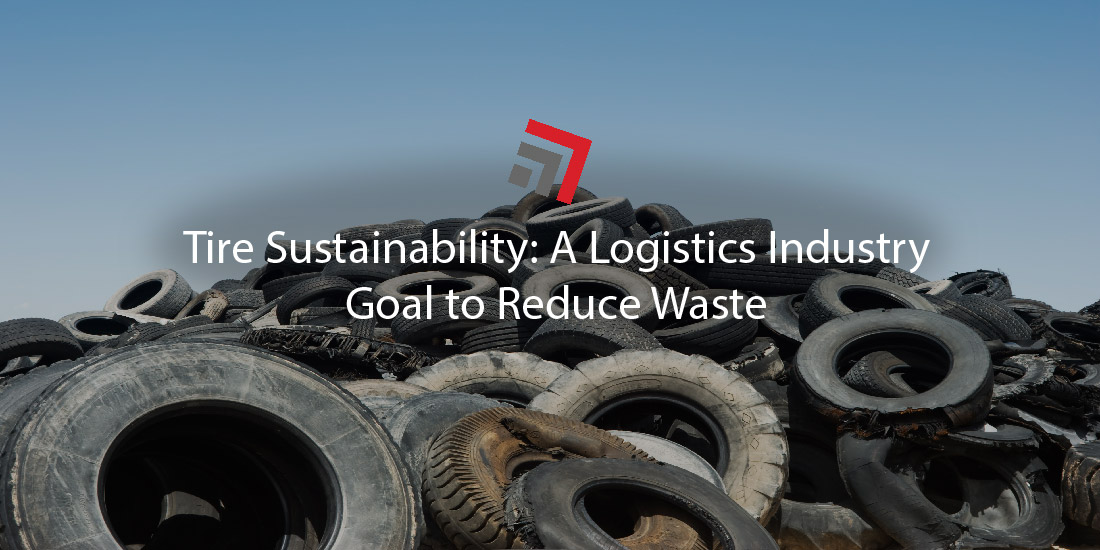Tire industry professionals are aiming to create a sustainable and recyclable economy for used tires by enhancing recycling processes and expanding the markets for them.
John Sheerin from the U.S. Tire Manufacturers Association reported that tire manufacturing is exceeding recycling despite the industry’s goal of sending 100 percent of used tires to markets with circular and sustainable end uses.
In 2021, 71 percent of scrap tires were shipped to end-use markets, but since the recycling industry hasn’t expanded significantly, more scrap tires are currently being dumped in landfills.
The Tire Industry Association reports that 44 states have rules governing the storage and disposal of worn tires, while 36 states require scrap tire processors to offer financial guarantee.
In Michigan, it is illegal to dump whole motor vehicle tires in landfills, and businesses who regularly transport more than ten tires must register as scrap tire transporters, according to the law.
The safe and proper handling of used tires is another goal of regulations.
Projects to Increase Tire Sustainability
There are already some projects in place, and the market for recycled tire materials is growing. Tire-derived fuel used to be the best method of regulating the flow of garbage tires (burning the tires).
Yet, tire processing has advanced to the point that the market for ground rubber now roughly equates to that for tire-derived fuel. Yet, efforts are still being done to improve and provide higher values for the recycled materials produced today.
Every scrap tire made is intended to be eaten by rubberized asphalt. It is less expensive and more durable than asphalt. Tire-derived aggregate, or tire chips used in construction, is a commodity with a growing market, according to Richard Gust, CEO of the Tire Industry Association. Moreover, discarded tires are used to create landscaping mulch as well as the base for artificial turf and flooring. Whole tires are used in playgrounds.
Businesses, like K&S Tire Recycling, collect used tires from transportation companies, vehicle dealerships, and tire shops and ground them into rubber.
Truck tires are highly sought after because they may be processed into the purest rubber that is available, known as crumb rubber, which resembles powder. K&S operates in additional states outside Illinois, Indiana, Iowa, Michigan, Missouri, and Ohio.
There are funds available to support markets for recycled tire materials in 35 countries that impose a fee on customers who leave a tire at a generator’s facility. States provide subsidies made feasible by the fees collected in order to promote the usage of used tires and create continuous markets. The Michigan Scrap Tire Program is financed through vehicle title transfer fees.
Future Goals
Tire manufacturers Continental, Bridgestone, and Goodyear have all declared their intention to use a set proportion of sustainable and renewable materials in their tires.
Goodyear plans to release tires with up to 70 percent sustainable ingredients on the consumer market in 2023. By 2030, the company wants to offer a tire made completely of sustainable materials, having recently developed a prototype tire consisting of 90 percent sustainable materials.
Bridgestone has committed to utilizing only sustainable materials by the year 2050 and to using 40 percent more recycled and renewable resources by 2030.
Another tire magnate, Michelin, plans to entirely use renewable materials by 2050.
Tire producers are thinking about changing the mix of their components to increase the amount of recyclable and renewable resources in their products.
The $1.2 trillion Infrastructure Investment and Jobs Act, which is already beginning to be distributed to states, could benefit the tire recycling sector.
Yet, the group’s main goal is to encourage the usage of rubber-modified asphalt by bringing more of that money back to the United States. The job of obtaining the federal funds is predicted to be challenging.
Please contact us if you have any questions regarding this topic or any others in domestic logistics. In addition, stay up to date with weekly headlines from both trucking and rail via our Road Map newsletter.



Recent Comments